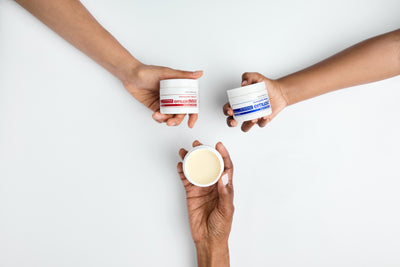Molluscum contagiosum, also known as water warts, is a common viral infection that presents as firm, dome-shaped, flesh-colored bumps on the skin, and it has traditionally affected children who are ten years and younger. However, in recent years, the disease has become increasingly common in adults, particularly younger adults, due to an increase in their sexual activity at an earlier age.
It's not considered to be a sexually transmitted disease or STD, but it is carried in the same manner. Since it is so easily spread, those who notice water-filled bumps on their skin should seek medical treatment without delay. Neither lab tests nor imaging is usually required, and the disease primarily affects only the skin, very rarely are other organs involved.
Molluscum contagiosum bumps are waxy in appearance and relatively painless, but they can be very itchy. They can eventually become sensitive or painful. Their size can range from less than 1mm to 5mm or more. Smaller molluscum bumps can be mistaken for an itchy rash, so medical attention may not be sought, which means that the disease can be spread throughout the body via self-contamination. It can also be spread to others when the host is unaware that they have molluscum contagiosum rather than a rash.
Other than the itchy rash, molluscum contagiosum is generally asymptomatic, so the rash may not be accompanied by a fever or malaise such as would happen with a bacteriological infection or another type of disease. Usually, the papules appear to have a clear fluid in the center. Sometimes, a larger papule may be a clump of lesions rather than one large individual lesion. Although a single bump can occur, the virus more often presents as a group of papules spread throughout the body. Some individuals develop eczema in the area of their lesions, but as many as 90 percent of those who have the virus don't develop eczema.



